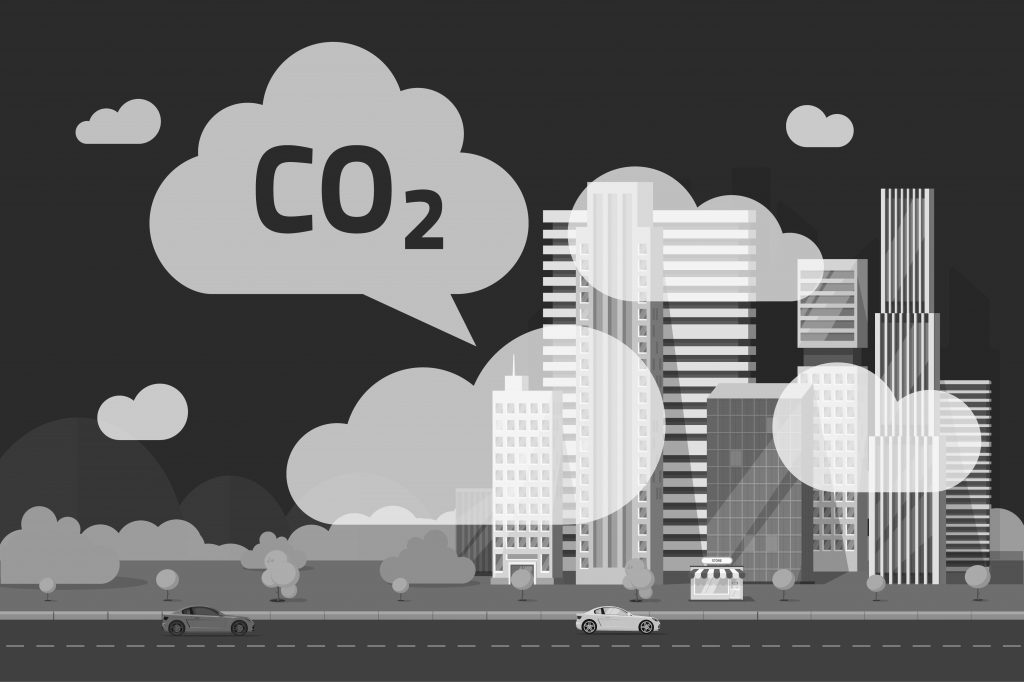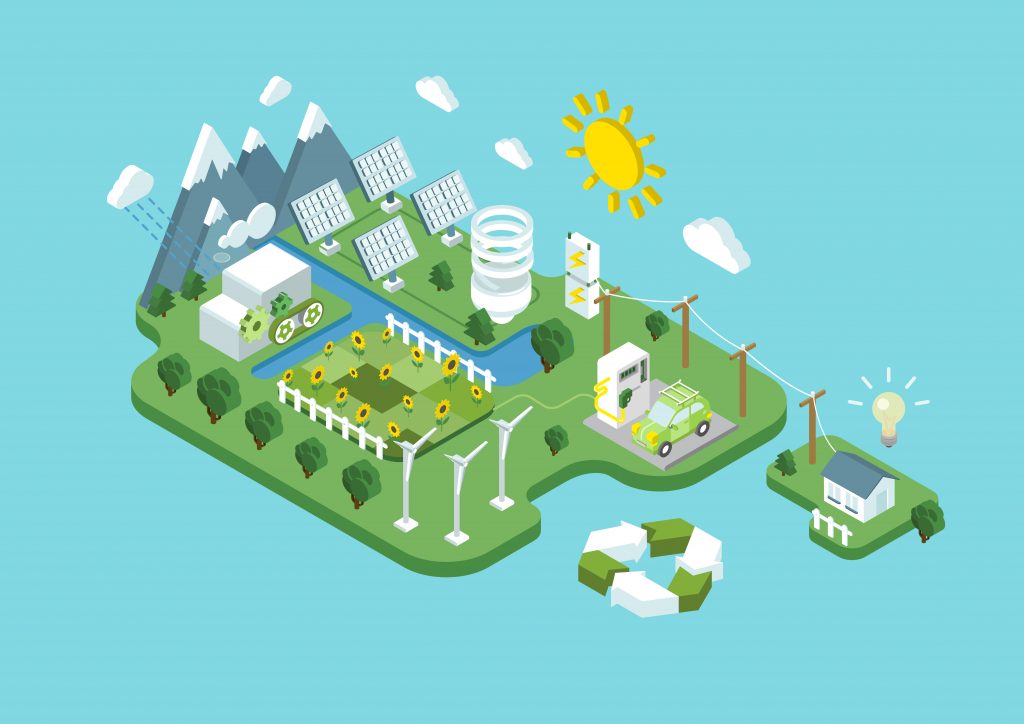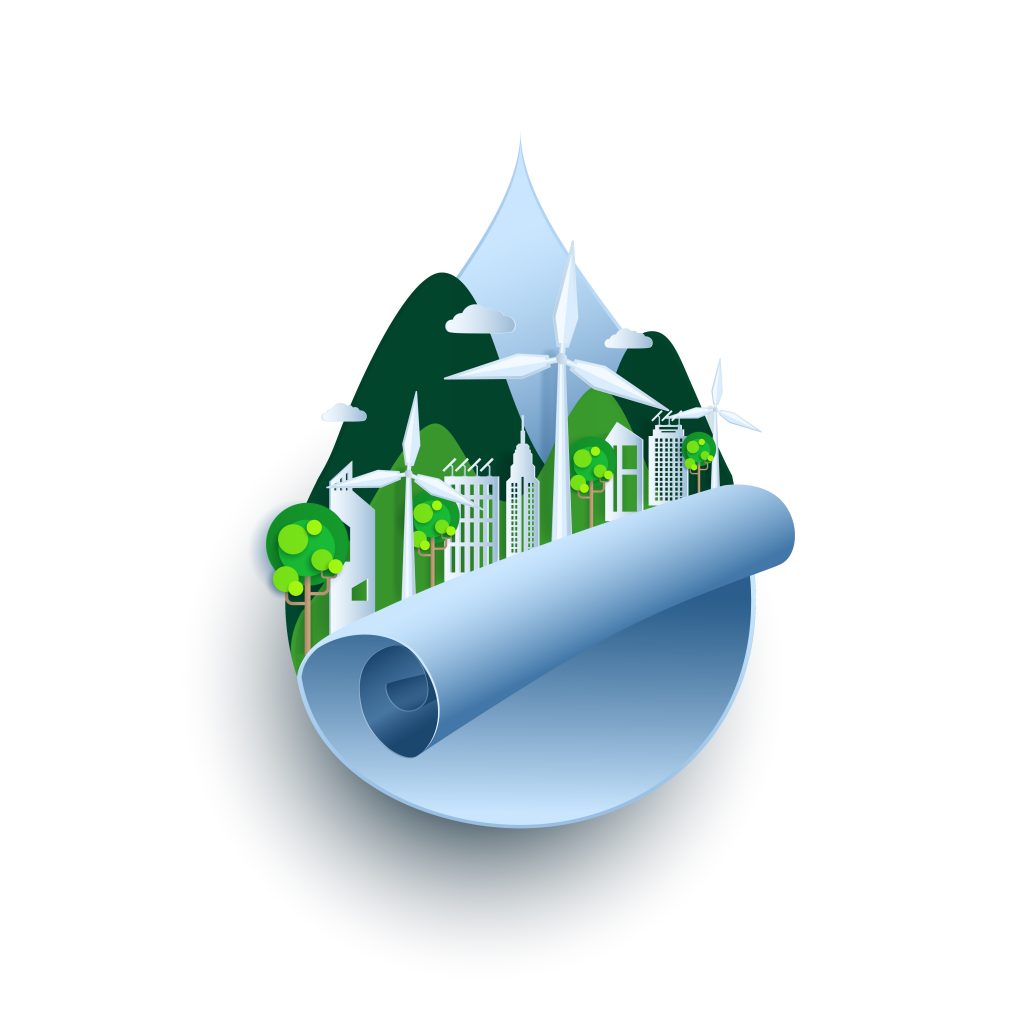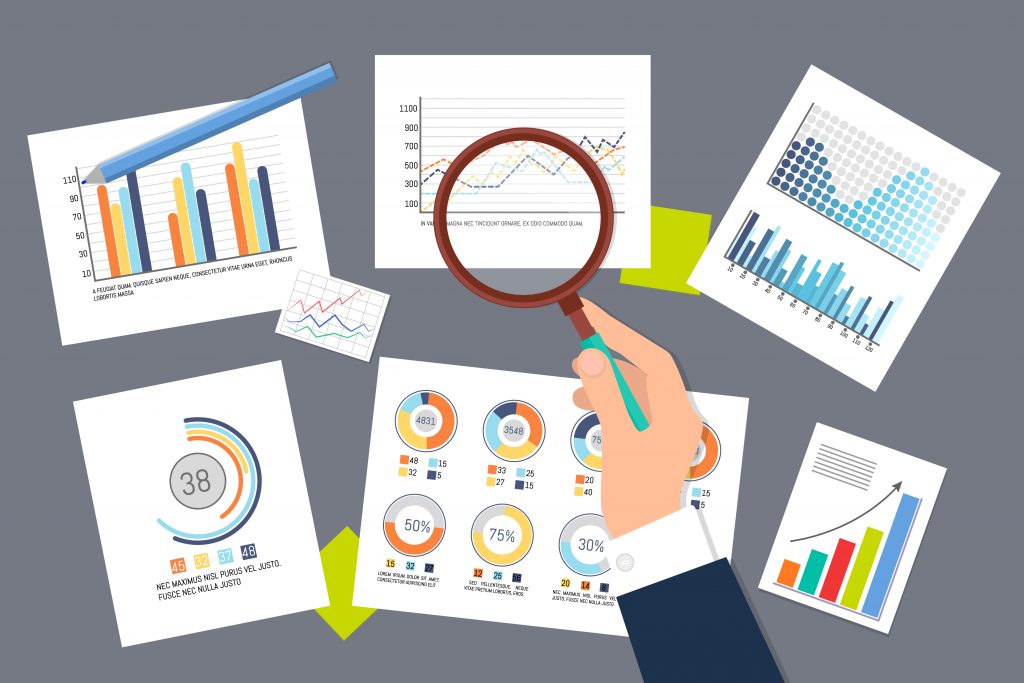Positives and Negatives of Using a Third Party Green Energy Provider
There is undoubtedly a growing desire in many parts of the country to change where we get our energy from. At the very least decrease our reliance on fossil fuels and switch to a green energy supplier.
People are becoming more and more aware of the negative impacts that come from the most common forms of energy production, including and especially coal-fired power plants. Not only are these traditional power sources a major human cause of climate change, but they also have major negative health impacts.

Switching to green energy is a growing trend with increasing possibilities. Hydro, wind, biomass, and solar are all made in the USA, and while no option is perfect and each comes with its own challenges. Each of these renewable energy sources are far cleaner than traditional sources.
Of course, many are even producing their own renewable energy, but that’s not an option for most people. Besides the high upfront costs of purchasing or building a renewable system, there are other barriers as well. Maybe you live in an apartment, or your home’s roof cannot support large and heavy solar panels. And most of us certainly can’t just plop a wind turbine in our backyard.
Some utility companies offer green energy sources at a different rate than their standard offering. But even if they do, they may not offer a multitude of options. Even worse, many don’t offer any alternatives at all. That’s where third parties come in.
Switching to a Third Party Green Energy Provider
Third party energy providers are simply a source, other than your utility, from which to buy energy to power your home. Options vary from jurisdiction to jurisdiction, and it is important to note that not every state even allows for third party producers. If you are thinking of switching to a renewable energy source, and using a third party energy provider is an option for you, it’s important to first understand the positives and negatives of doing so.

Negatives of Using a Third Party Green Energy Supplier
Remaining Utility Connection
A standard electric utility company is not just in the energy production business. A utility also delivers that energy, and the infrastructure to do so (e.g. poles and wires) makes up a significant portion of what you pay for on your energy bill. If you buy from a third party, you will still be connected to the grid that your utility operates. Meaning, you will still have to pay for the poles and wires that you benefit from. This is on top of what you pay your third party for the actual energy. All of this added together may or may not be more than what you were paying before.
No Net-Metering if you have Solar
You may know that if you have your own solar PV system, it probably does not cover all of your energy usage. Some may therefore want to make sure that their other energy comes from a clean source, too. It’s important to know, however, that if you have your own solar PV system it is usually not worth it to supplement it with a third party source. This is especially true if you are using net metering tied to your utility, which allows your home to pull energy from the grid based on credits you earned by sending your excess (unused) solar into the grid. Switching to a third party, and no longer getting energy directly from your utility, would cause you to miss out on this “free” energy.
Less Regulation for Energy Suppliers
Third party green energy suppliers have to compete for their customers, who can choose the company they want to work with (as opposed to a utility, which you’re connected to based on where you live). This often leads to tricky sales tactics to meet quotas, in which a salesperson will not mention hidden costs like the electricity distribution and delivery. And while third party contracts can have more customer-friendly pricing, a lack of rules can also allow for these prices to suddenly skyrocket as soon as a contract allows.
Positives of Using a Third Party Green Energy Provider
More Alternative Energy Providers
The first, and perhaps most important, factor for why someone might choose to go the third party route is the increased options. According to the Department of Energy, only about 50% of consumers in the US have the option of alternative power sources from their utility provider. Even if yours does, maybe the rates are not what you want. Or perhaps your utility offers hydroelectric power, but you would prefer wind sources that only a third party green energy supplier provides (or vice-versa). Simply put, considering third party green energy sources will multiply the options that you have, letting you narrow things down based on your preferences.

Green Innovation
Third party suppliers are less beholden to the old way of doing things. Because utilities were long the only option, they have been less apt to change the way electricity could be produced and delivered.
Beyond third party suppliers often focusing on energy production, these new companies’ desire to create something new and innovative. This can also lead to other big changes. Not only can energy production itself be more sustainable, but so can its delivery and management. One possible development is the increased use of distributed energy generation. This creates a more efficient delivery system after the energy has been produced.
Third party energy providers may also be more likely to utilize smart, tech-friendly approaches. Allowing customers to control and monitor their energy usage to become more energy efficient. Where utilities are apt to uphold the status quo, third parties can come in and shake things up.
Lower Regulation for Energy Providers
Traditional energy utilities, being official and state-sanctioned, have so many rules they have to follow. Third parties, generally, have more wiggle room in their practices. This includes being able to be flexible in how much they charge and how they spend their money, both of which can lead to more customer-friendly approaches. Specifically, a third-party green energy supplier can offer fixed-rate plans in their contracts. This way, if the market price for electricity in your area rises significantly based on demand, you’re still paying the same amount you agreed upon for however long the contract lasts.
Do Your Research on Third Party Energy Suppliers!

So, should you go the third party route to go green? Simply put, it depends. If you live in an area where these third parties can sell you green energy, this greatly increases the number of options you have. Many of these options could be good for your pocket. They will help spur the reorganization of how renewable energy will be produced and managed in the future.
If you are indeed thinking about using a third party energy supplier, it’s important to do your homework. It is best to use certified green power suppliers, and to fully understand any contract that you are signing. When something seems too good to be true, it probably is! Never agree to use a green energy provider simply because it is green and it sounds good; There might be more than meets the eye. Instead, research your options, and confidently make the right choice of which green energy provider you will do business with!
